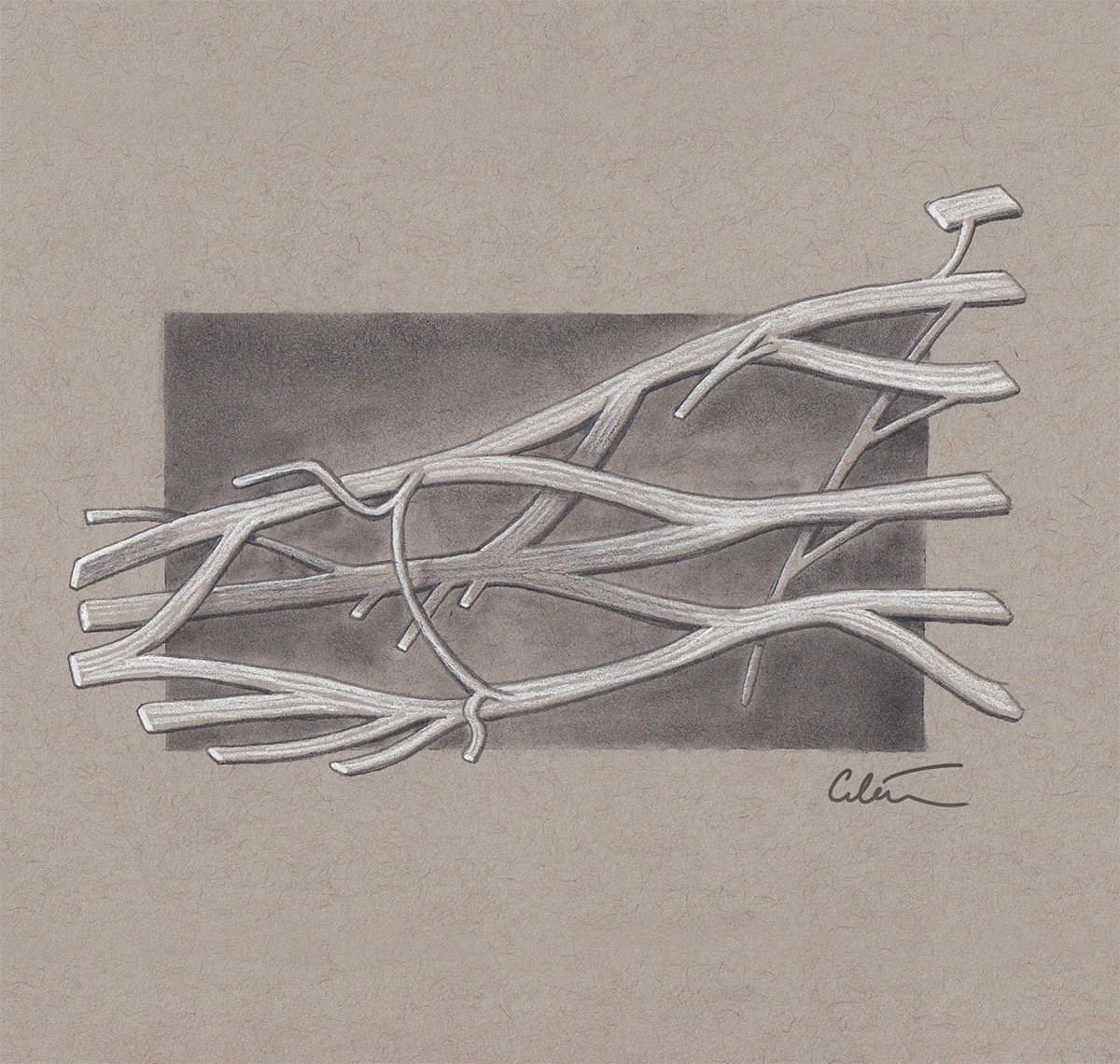
Open water swimmers and winter people all, do you wonder how you feel cold? Well it’s the wonder of nerves again - let me tell you some nerve nerdy stuff... #openwaterswimming #thestoics #sensorynerve #cold
A thread :
A thread :
Cool is a pleasurable feeling and warm too but hot and cold break into painful feelings. This appreciation of temperature is a protective function of nerves but how does it all work? How does your body tell your brain about the word outside?
If we step into a lake or river in winter the free nerve endings in the skin can tell us what temperature the water is. This is possible between -10 and 60°C in mammals. How this works is a very clever story and is linked with 🌶 and mints! Keep reading.. 🧊
#Nerves are specialised cells for the communication of information, they pass data between the world and your brain as electric signals. In this thread we will look at how information about water temperature gets to our brain...
Your skin cools in the cold water, in the skin there are lots of different types of nerve endings. These nerves have chemicals called ion channels in their cellwalls. Ion channels are like keyholes to unlock a function of the nerve. If the channel is stimulated the nerve fires.
The first of these ion channels to be found related to temperature was a ‘hot’ keyhole. It is called TRPV1. This receptor is activated by heat and creates a signal to the brain when it is stimulated. The TRPV1 receptor is also activated by a chemical ‘capsaicin’.
Capsaicin is found in chilli and is why it is that you feel ‘hot’ when you eat spicy food. The nerves for heat are being stimulated by the chemical not by heat - but the brain gets the information “it’s hot” even though the temperature is not. A 🌶 chemical ‘trickery’.
A similar ion channel is found in nerves that sense cool temperatures. This is called TRMP8 and is why mints feel cool - ‘menthol’ is the chemical which can simulate these nerves. 😎
So now we go past cool into those nerves which tell us when something is painfully cold. This is thought to be sensed by TRPA1 ion channel expressing nerves. These nerves fire more and more as temperatures drop from 15°C downwards. ❄️
Stimulation of these cells sending severe cold leads to (among lots of other changes across the whole body) a reduction of the blood flow to skin (vasoconstriction) which helps to limit heat loss in a cold environment.
Elderly people, it is thought, have fewer TRPA1 receptors in their skin and this might be a part of the reason why they are more vulnerable to getting too cold (hypo-thermia). 👴🏻 👵🏾
TRPA1 ion channels are not just found in skin temperature sensing nerves but in the brain too (this is common with ion channels being used for different functions in different cells). 🧠
Changes in cells with TRPA1 channels have been seen in many brain ageing and degenerative conditions. Changes in these cells have been linked with age related memory loss in mice. 🐭 🧠 💭
All of these functions are likely to be very complicated both in terms of the receptors nerves and their functions within the brain snd skin. It is not just TRPA1 that is know to work in cold pain (TREK/TRAAK for example).
So each time you step into that cold embrace of the water give the little nerves ⚡️ running from every part of your skin to your brain to give you that chilly feeling. END. #nervenerd #cold #openwater #ionchannels #TRPA1 #thestoics #brassmonkeys
• • •
Missing some Tweet in this thread? You can try to
force a refresh



